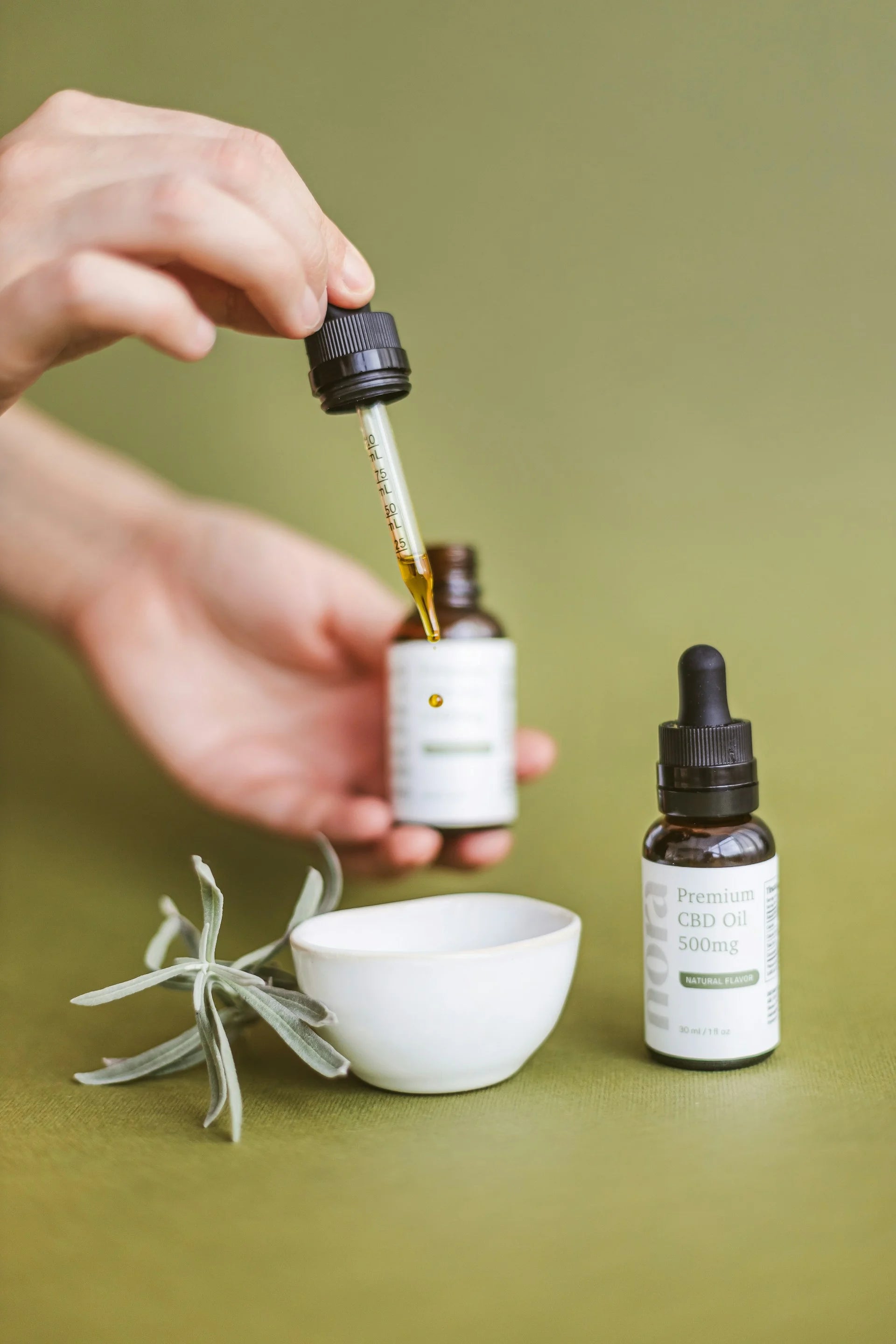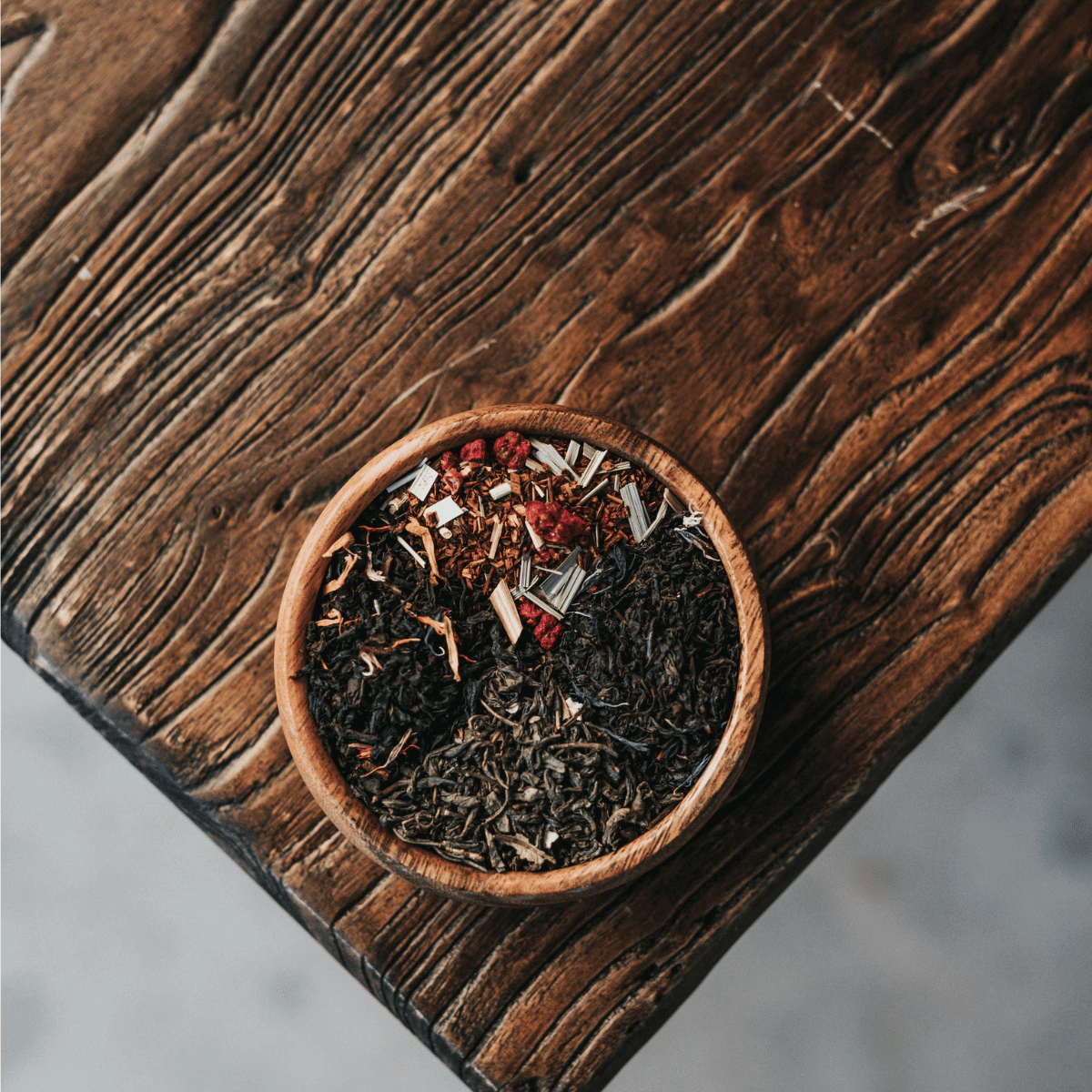Cornflower is a flower. It is also named Bachelor's Buttons, Hurtsickle, Bluebonnet, Centaurea cyanus and many others.
The dried flowers of cornflowers are used to make medicine in certain cultures. People take cornflower tea to treat fever, constipation, water retention, and chest, but these potential benefits are not proven scientifically yet. But can you smoke cornflower petals?
Where does the flower come from?
Cornflowers, native to Europe, are widely cultivated as garden plants in North America and have naturalised as an exotic species in some regions outside of their native range. They were once common weeds in corn and other grain fields, thus their common name.

Photo from Harebell & Bee
Calendula is a most known herbaceous plant that has healing properties, attracts beneficial pollinators, repels garden pests, and is even edible. Both are frequently an excellent combination. Blue, white or pink ray flowers on the flower heads attract butterflies. Cornflowers reseed readily in favourable conditions. Protocyanin is an anthocyanin substance that gives roses their red colour but turns cornflowers blue.
What are the common uses of cornflower petals?

Photo by Nataliya Vaitkevich from Pexels
The dried flowers are used in the production of medicine. Cornflower tea is used for water retention, constipation, fever, and even chest congestion. They also use it as the best tonic, a bitter, and a stimulant for your liver and gallbladder. Women also use it to treat issues of menstrual problems and vaginal yeast infections.
Naolys combined it with vitamin C's best antioxidant and healing properties to create a natural activity regenerating damaged skin cells. Cornflower petals have a marvellously astringent flavour. A vibrant blend of red and pink rose petals, blue cornflower petals, and yellow marigold petals can be used for cake decorating and as a food grade.
It is best for the following:
-
Fever.
-
Constipation.
-
Yeast infections.
-
Chest congestion.
-
Menstrual disorders.
-
Eye irritation when you apply it directly.
-
Liver and gallbladder dysfunction or disorders.
However, many of those potential benefits come from personal experiences of internet forum users. You must be very careful when reading any health benefits of smoking or consuming any type of herb. Always consult a doctor.
What are the side effects of smoking cornflower petals?
It can cause a wide range of allergic reactions to the body. You should also be careful to not touch your eyes after touching cornflowers, as it can cause irritation.
It is however not toxic to the body. People who are allergic to the Asteraceae and Compositae plant family may experience an allergic reaction to cornflower. However, when used to colour herbal teas, cornflower is LIKELY SAFE, but always make your research and be careful when trying something new.
Can smoking cornflower petals get you high?
Cornflower consumed alone cannot get you high. If the plant is mixed with other dried herbs known to get you high, such as marijuana, then it’s another story.
Is it considered a drug?
The plant is not considered a drug. One of the most common uses of cornflower petals is to garnish food or decorate cakes. Cornflower petals are edible and used in various savoury and sweet dishes. They are frequently used in baking and add a wow factor to cake decoration.
However, regarding the medicinal uses of this plant, there is insufficient data to determine whether cornflower is safe to be used as a medicine. There is also insufficient reliable information about the safety of taking cornflower while pregnant or nursing. To be on the safe side, avoid using it or consult your doctor prior to use.
Are there any health benefits of smoking cornflower petals?
Cornflower is a perfect herb. The dried petals of cornflowers are used to make the best medicine. People usually take cornflower tea to treat issues like fever, severe constipation, body water retention, and chest congestion. It is used as tea blends with raspberry leaf.

Photo by Kampus Production
The adequate dose of cornflower is determined by several factors, including the user's age, health, and other conditions. There is no scientific evidence to determine an appropriate dose for cornflower or to prove any of the potential benefits mentioned above. Consider that natural products may not always be safe, and dosages can be critical. Before using, read the product label and consult your pharmacist, physician, or other healthcare professional.
Can it be smoked with marijuana?
Many people smoke it with other herbs and even with marijuana. Blue Cornflower and Blue Lotus are milder. It can also be smoked by adding dried herbs, mugwort, weed and other enhancers.
Can it be added to smokable herbal blends?
Used in herbal blends, cornflower petals are considered a good nicotine-free tobacco alternative. We still want to disclaim that smoking anything is harmful to your health, and especially to your lungs. However, cornflower contains less toxic components than tobacco. So if you are looking to quit smoking, but are not ready yet to stop completely, trying herbal alternatives is a good start. You should still consult your health practitioner before smoking anything new to have a good overview of the potential benefits and risks associated.
Conclusion - Can I smoke cornflower petals?
Yes, you can smoke cornflower petals. It is a good tobacco alternative by itself or also mixed with other dried herbs or in herbal blends. There are also other uses to this plant, such as in teas or as decorations for your food. The vibrant colors of the petals are one of its best traits and you should definitely take advantage of that.
As recreational smokers are trying to steer away from tobacco and find natural alternatives to roll their spliffs, lavender and other popular smokable herbs like Mullein, Damiana, Mugwort, Wild Dagga and even Rose Petals have seen their popularity increase significantly.
It is very important to clarify that no scientific study has approached the subject of health benefits from smoking anything. At Spliff we always recommend you consult your doctor before smoking or inhaling anything.
*This article is not to be interpreted as a statement of any form by Spliff but merely a compendium of information compiled from other sources. These statements have not been evaluated by Health Canada, FDA or any other regulatory body. Consult your doctor before ingesting or smoking any herbal product.*
WANNA LEARN MORE ABOUT CORNFLOWER PETALS? BROWSE OUR SOURCES BELOW!
Różyło, R., Szymańska-Chargot, M., Zdunek, A., Gawlik-Dziki, U., & Dziki, D. (2022). Microencapsulated Red Powders from Cornflower Extract—Spectral (FT-IR and FT-Raman) and Antioxidant Characteristics. Molecules, 27(10), 3094. https://doi.org/10.3390/molecules27103094
Matyjaszczyk, E., & Śmiechowska, M. (2019). Edible flowers. Benefits and risks pertaining to their consumption. Trends in Food Science & Technology, 91, 670–674. https://doi.org/10.1016/j.tifs.2019.07.017
Garbacki, N., Gloaguen, V., Damas, J., Bodart, P., Tits, M., & Angenot, L. (1999). Anti-inflammatory and immunological effects of Centaurea cyanus flower-heads. Journal of Ethnopharmacology, 68(1-3), 235–241. https://doi.org/10.1016/s0378-8741(99)00112-9
Lockowandt, L., Pinela, J., Roriz, C. L., Pereira, C., Abreu, R. M. V., Calhelha, R. C., Alves, M. J., Barros, L., Bredol, M., & Ferreira, I. C. F. R. (2019). Chemical features and bioactivities of cornflower (Centaurea cyanus L.) capitula: The blue flowers and the unexplored non-edible part. Industrial Crops and Products, 128, 496–503. https://doi.org/10.1016/j.indcrop.2018.11.059
Escher, G. B., Santos, J. S., Rosso, N. D., Marques, M. B., Azevedo, L., do Carmo, M. A. V., Daguer, H., Molognoni, L., Prado-Silva, L. do, Sant’Ana, A. S., da Silva, M. C., & Granato, D. (2018). Chemical study, antioxidant, anti-hypertensive, and cytotoxic/cytoprotective activities of Centaurea cyanus L. petals aqueous extract. Food and Chemical Toxicology, 118, 439–453. https://doi.org/10.1016/j.fct.2018.05.046
Sarker, S. D., Laird, A., Nahar, L., Kumarasamy, Y., & Jaspars, M. (2001). Indole alkaloids from the seeds of Centaurea cyanus (Asteraceae). Phytochemistry, 57(8), 1273–1276. https://doi.org/10.1016/s0031-9422(01)00084-x
Garbacki, N., Gloaguen, V., Damas, J., Bodart, P., Tits, M., & Angenot, L. (1999). Anti-inflammatory and immunological effects of Centaurea cyanus flower-heads. Journal of Ethnopharmacology, 68(1-3), 235–241. https://doi.org/10.1016/s0378-8741(99)00112-9







Leave a comment
All comments are moderated before being published.
This site is protected by reCAPTCHA and the Google Privacy Policy and Terms of Service apply.